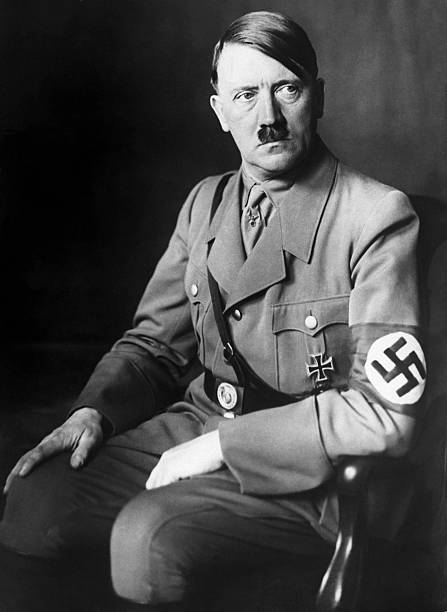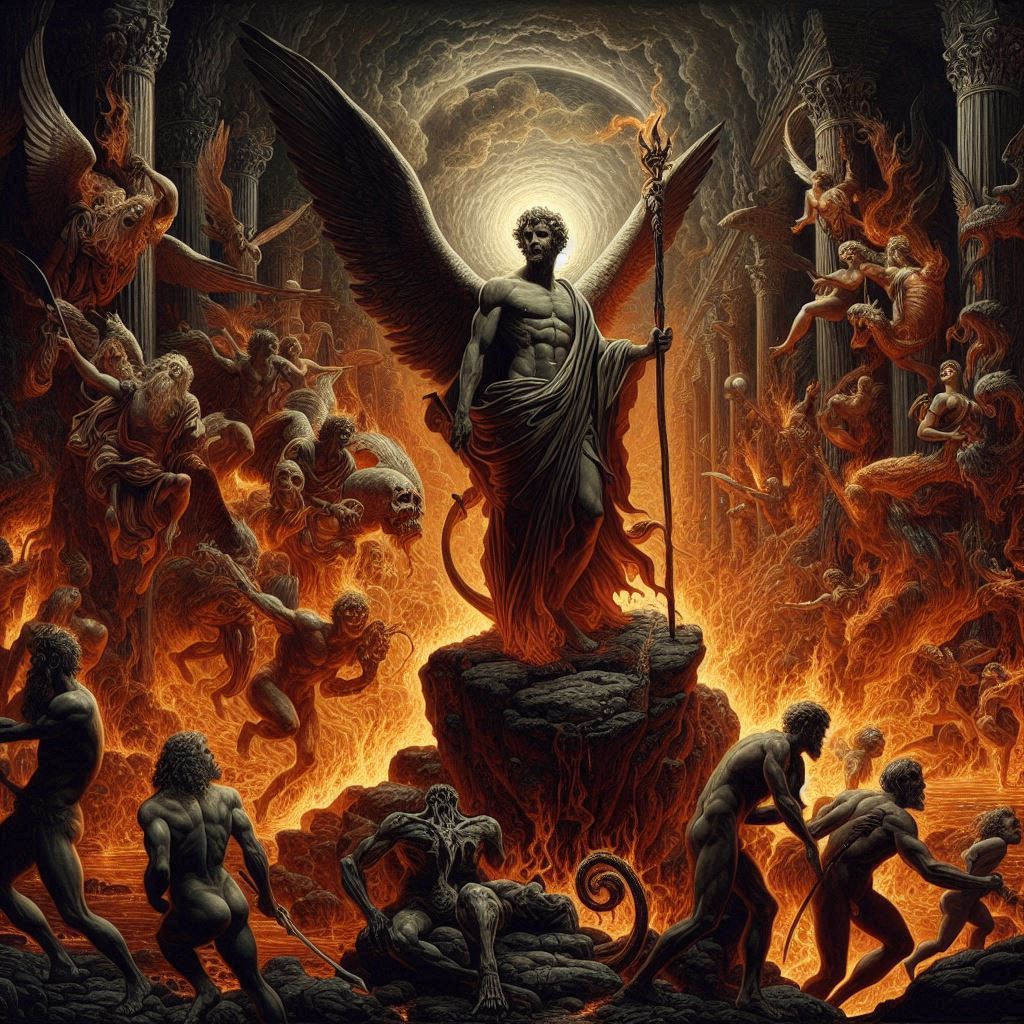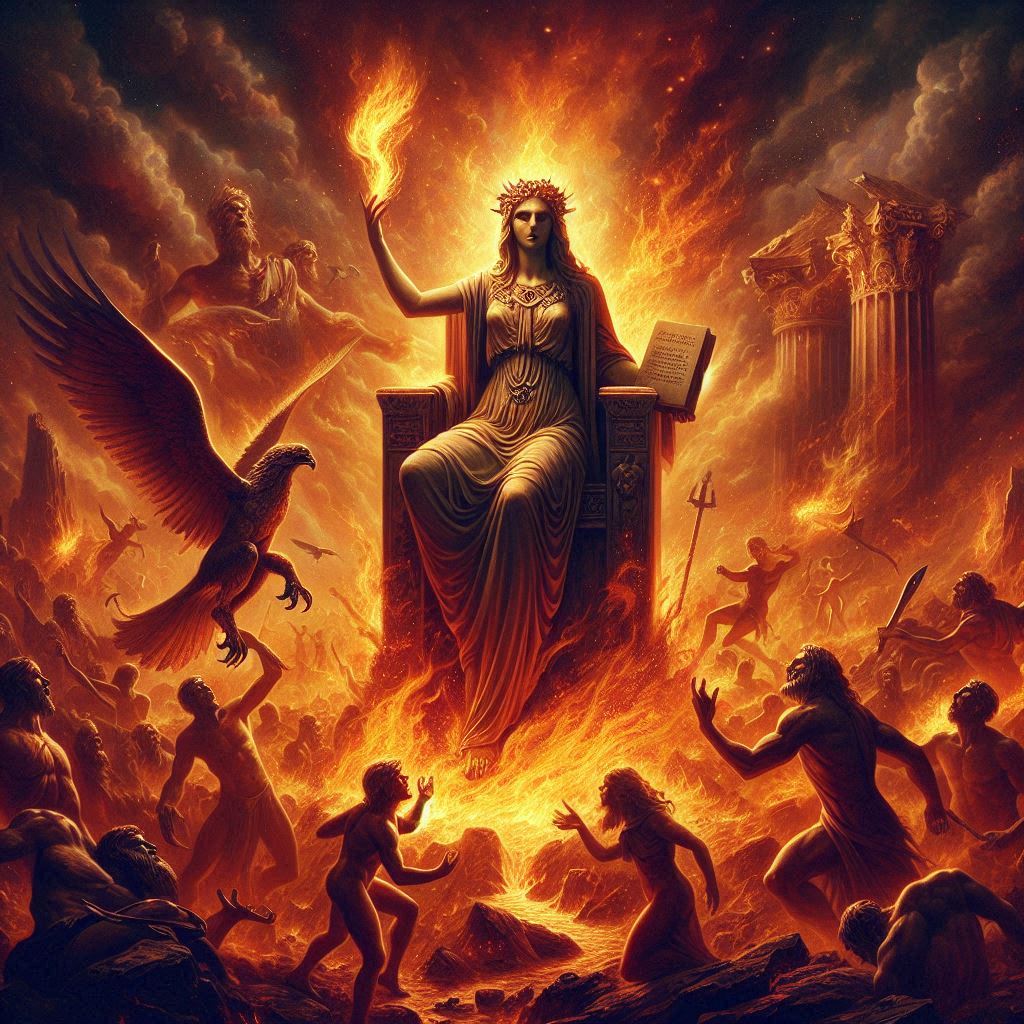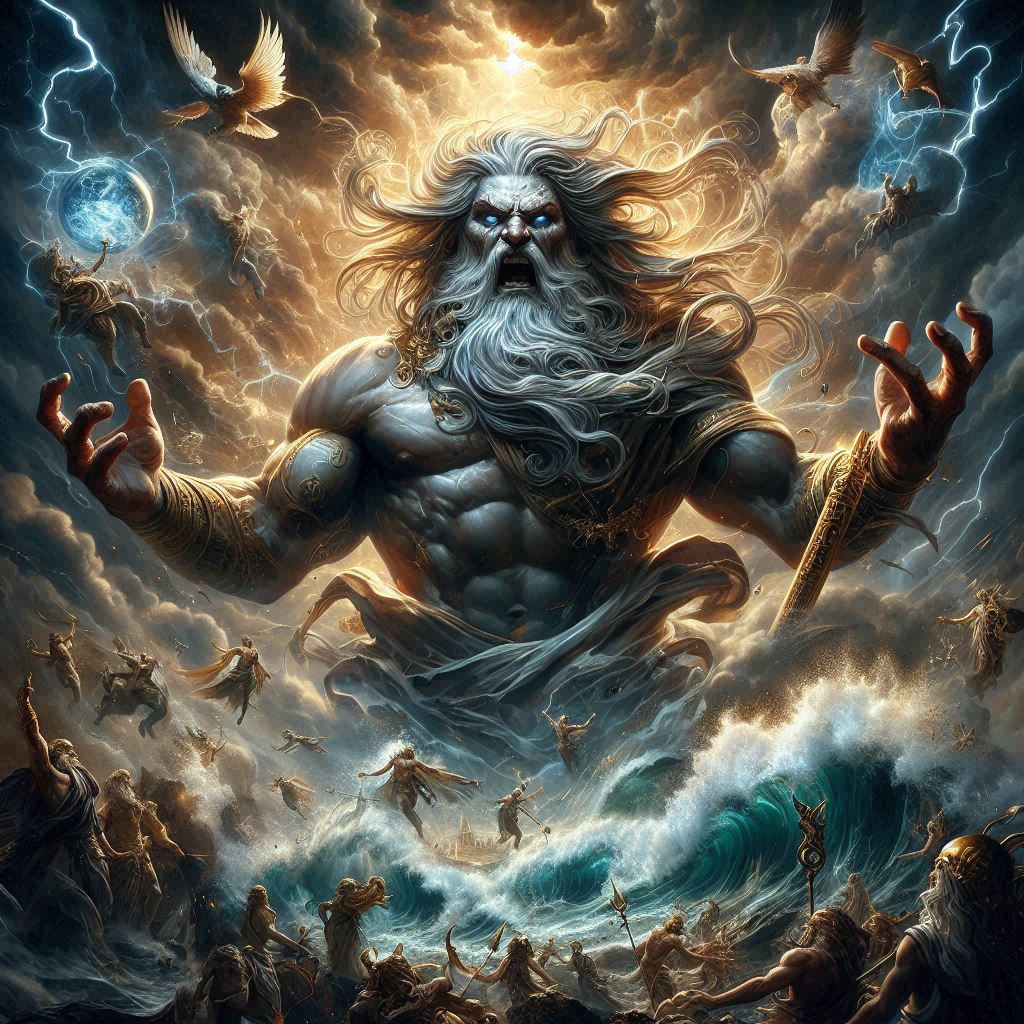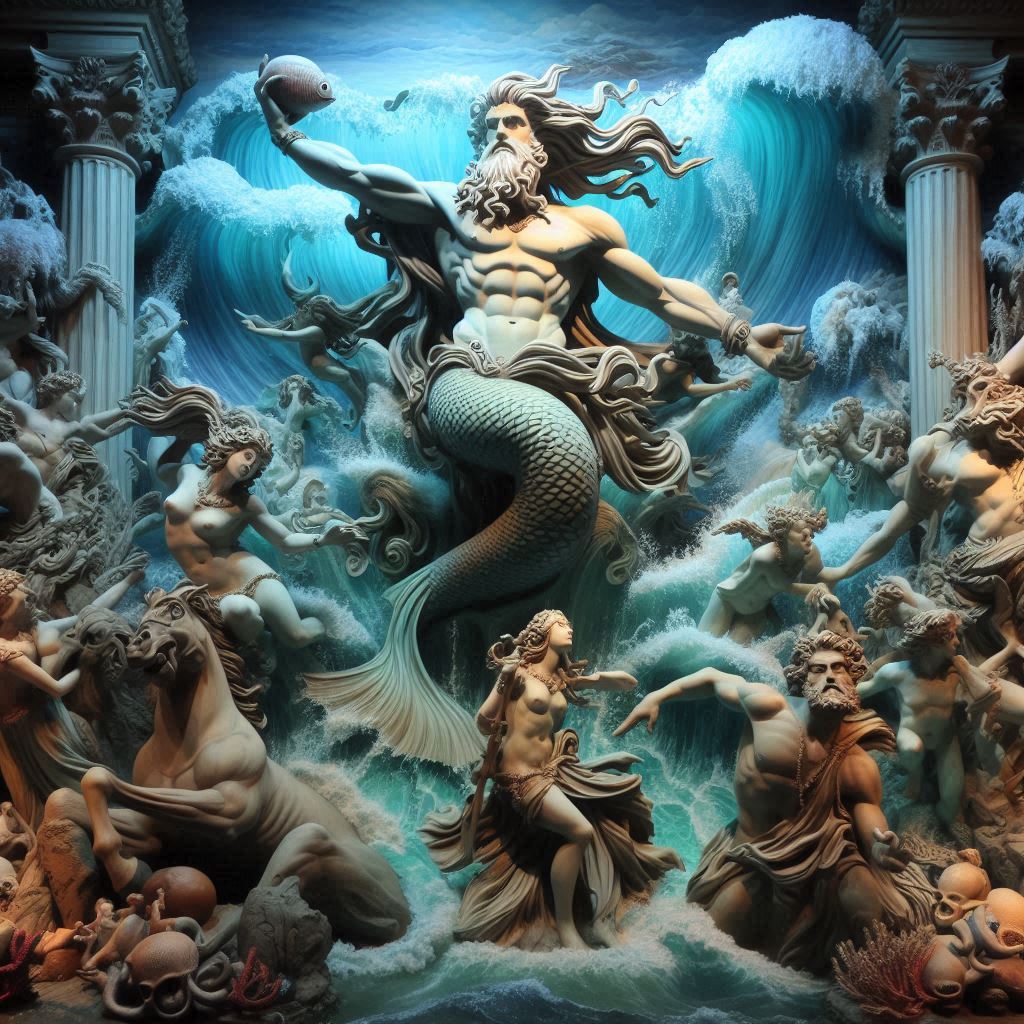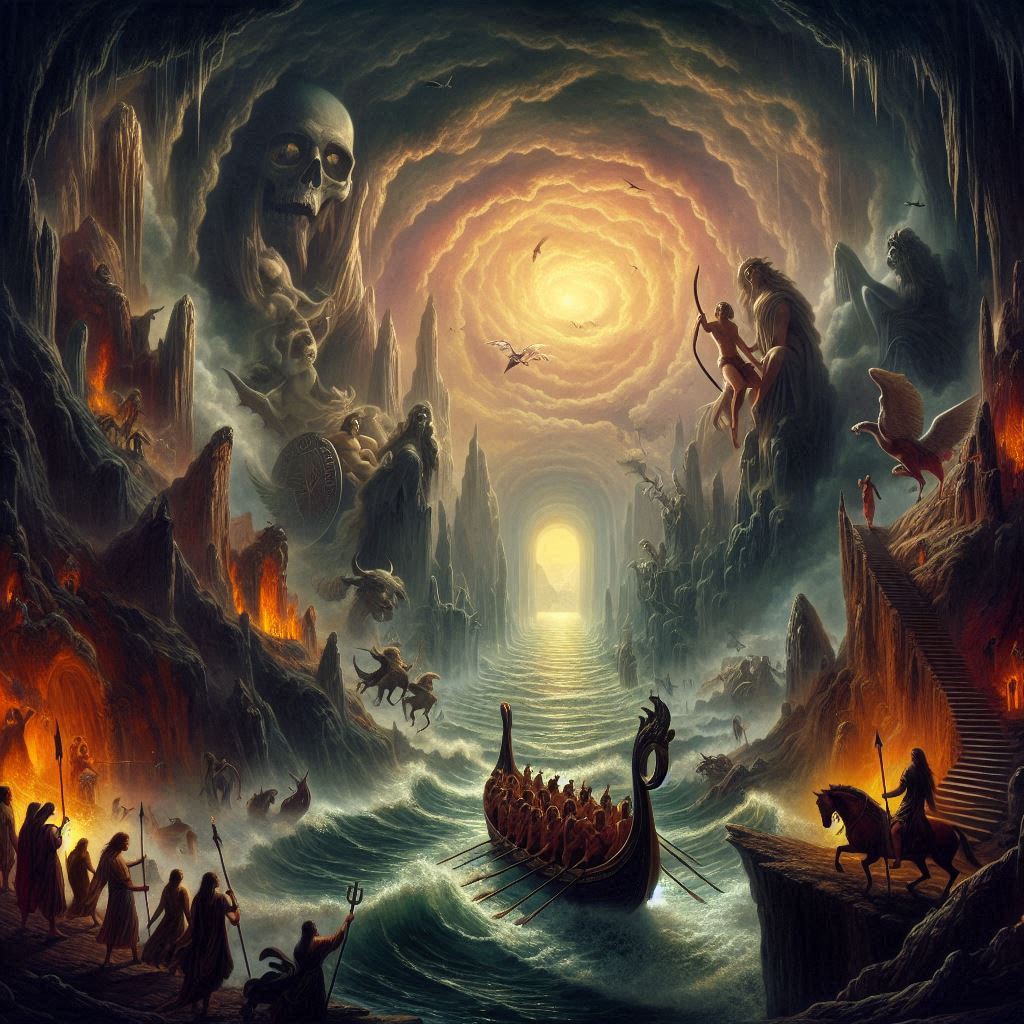Adolf Hitler (1889–1945) was a German politician and dictator who led the National Socialist German Workers’ Party (Nazi Party). He rose to power as Chancellor of Germany in 1933 and later Führer in 1934. Hitler’s aggressive foreign policies led to the outbreak of World War II in 1939, and he was a central figure in the perpetration of the Holocaust.
Hitler’s early life was marked by struggles and aspirations. He grew up in Linz, Austria, in a lower-middle-class family. His father, Alois Hitler, was a stern and volatile man, while his mother, Klara Hitler, was a gentle and nurturing presence. Adolf showed an early interest in art, but his dreams were shattered when he was twice rejected from the Vienna Academy of Fine Arts. This period of his life was marked by poverty, and he moved to Vienna, where he immersed himself in anti-Semitic and nationalistic literature.
The First World War marked a turning point for Hitler. He joined the German Workers’ Party (DAP), the precursor to the Nazi Party, in 1919. Hitler’s charismatic oratory skills and passionate speeches attracted attention, and he quickly rose through the ranks. In 1920, the party was renamed the National Socialist German Workers’ Party, reflecting its anti-Semitic, anti-communist, and nationalist ideologies. The swastika, later to become a symbol of hatred, was adopted as the party’s emblem.
Hitler’s autobiographical manifesto, “Mein Kampf,” written during his imprisonment following the failed Beer Hall Putsch in 1923, outlined his political ideology. He propagated an extreme form of nationalism, anti-Semitism, and Aryan racial superiority. His vision included the unification of all German-speaking people and territorial expansion to accommodate the supposed superior Aryan race.
The economic hardships of the Weimar Republic provided fertile ground for Hitler’s rise. The Great Depression of the 1930s exacerbated existing social and economic tensions, and Hitler skillfully exploited the situation. The Nazis presented themselves as the saviors of Germany, promising to restore its former glory. In the 1932 elections, the Nazi Party became the largest party in the Reichstag, and President Paul von Hindenburg reluctantly appointed Hitler as Chancellor on January 30, 1933.
Hitler wasted no time consolidating power. The Reichstag Fire in February 1933 provided a pretext to suppress political opposition. The Enabling Act, passed in March 1933, granted Hitler dictatorial powers, effectively dismantling the democratic institutions of the Weimar Republic. Hitler became the Führer und Reichskanzler (Leader and Chancellor) in August 1934, combining the roles of President and Chancellor after President Hindenburg’s death.
With absolute power, Hitler implemented sweeping changes. The Nazi regime pursued aggressive territorial expansion, first violating the Treaty of Versailles by reoccupying the Rhineland in 1936. Hitler’s ambitions escalated, leading to the annexation of Austria (Anschluss) in 1938 and the occupation of Czechoslovakia later that year. The infamous Munich Agreement, signed by Britain and France in 1938, failed to prevent further aggression, emboldening Hitler to pursue even more aggressive territorial goals.
The invasion of Poland in September 1939 marked the beginning of World War II. Hitler’s military strategies, including the Blitzkrieg tactics, allowed Germany to achieve early successes. The fall of France in 1940 further strengthened Hitler’s belief in his invincibility. However, his decision to invade the Soviet Union in June 1941 proved to be a critical mistake and marked a turning point in the war.
As the war progressed, Hitler’s military blunders and strategic miscalculations became more apparent. The Battle of Stalingrad in 1942-1943 resulted in a devastating defeat for the German forces, symbolizing the turning tide against the Axis powers. Hitler’s refusal to retreat or consider strategic alternatives led to significant losses for the German military.
Parallel to the military campaigns, Hitler pursued a genocidal agenda that would stain history forever. The Holocaust, a systematic attempt to annihilate European Jews and other targeted groups, claimed the lives of millions. The implementation of the “Final Solution” involved mass shootings, forced labor, and extermination camps. Auschwitz, Sobibor, and Treblinka are among the infamous camps where the horrors of the Holocaust unfolded.
Hitler’s personal involvement in military strategy and his dictatorial control hindered the flexibility of the German military, contributing to the eventual collapse of the Third Reich. The failed assassination attempt on Hitler’s life in July 1944, known as the Valkyrie plot, highlighted growing internal opposition to his leadership.
As the Allies closed in on Germany, Hitler’s mental and physical health deteriorated. The Battle of Berlin, in April-May 1945, marked the final chapter of the war in Europe. Realizing the inevitable defeat, Hitler committed suicide in his underground bunker on April 30, 1945, with Eva Braun, whom he had married the day before.
The legacy of Adolf Hitler is one of devastation and profound human suffering. The Nuremberg Trials, held after the war, sought to bring Nazi war criminals to justice. Hitler’s ideology and actions had far-reaching consequences, reshaping the world order and laying the foundation for the Cold War. The lessons from Hitler’s rise to power and the atrocities committed during his regime serve as a stark warning against the dangers of unchecked authoritarianism, hate ideologies, and the erosion of democratic values.
